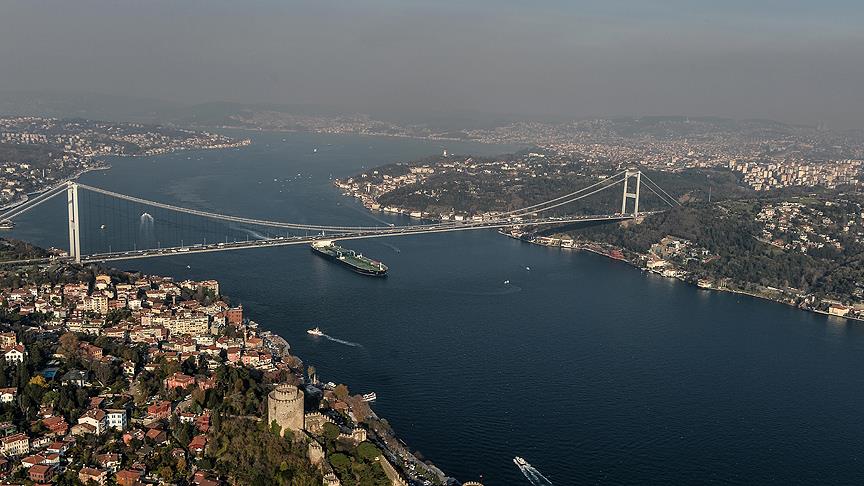
Istanbul, spanning two continents, proudly carries the title of the "City of Seven Hills." This name highlights the city's distinctive geographic and historical essence, deeply rooted in its ancient heritage and vibrant cultural tapestry.
For instance, Sarayburnu, one of the hills, once hosted the Byzantine Palace and later the Ottoman Topkapi Palace, central to the Ottoman Empire. These hills have served as strategic points, religious centers, and political hubs, shaping Istanbul’s storied legacy.
Today, Istanbul’s hills offer stunning views of the city and its lively neighborhoods. They embody the city’s rich heritage and its ongoing evolution as a dynamic, multicultural metropolis. The title "City of Seven Hills" captures Istanbul’s unique role as a crossroads of civilizations and its enduring legacy.

Istanbul is known as the "City of Seven Hills," but this description isn't geographically accurate. The Byzantines first defined the concept of seven hills, inspired by Rome's seven hills. In reality, Rome, not Istanbul, was built on seven hills.
When Emperor Constantine moved the Roman Empire's capital from Rome to Istanbul, he adapted the legend of Rome's seven hills to the new city. Many institutions and organizations embraced this legend, leading to the designation of the high areas around the Golden Horn as Istanbul's seven hills. The Byzantines decorated these hills with temples, palaces, and forums. After the Ottoman conquest in 1453, mosques were constructed on these hills.
Many cities around the world stand on seven hills, including Mecca, Tehran, Barcelona, Edinburgh, Seattle and Moscow. Rome and Istanbul are the most prominent examples, with Rome as the first capital of the Roman Empire and Istanbul as its final capital.
Today, the "Seven Hills" area refers to the historical region of Constantinople. Compared to the modern boundaries of Istanbul, this area covering the seven hills represents only a small fraction of the vast city.
The term "City of Seven Hills" highlights Istanbul's Byzantine heritage. These hills, more than just topographic features, have significantly shaped the city's development, defense, and urban planning.
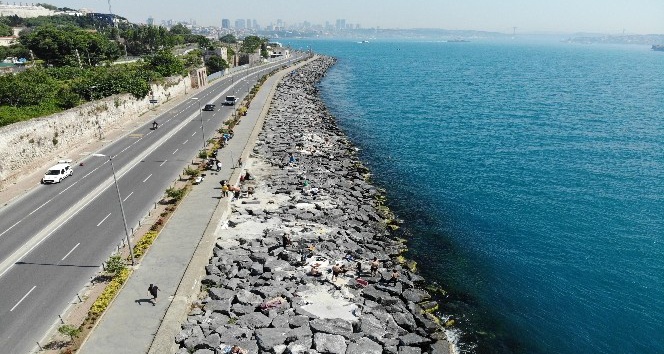
Hill 1 - Sarayburnu
Sarayburnu stands as the first hill where ancient Byzantine Istanbul began. Located at the tip of the old peninsula and rising about 40 meters, Sarayburnu marks the start of the city’s history. During the conquest of Istanbul, Fatih Sultan Mehmet constructed a palace here, which later became the foundation for Topkapi Palace. Topkapi Palace then served as the heart of the Ottoman Empire, spanning three continents for 400 years. To truly grasp Istanbul and Ottoman history, a visit to Topkapi Palace is essential.
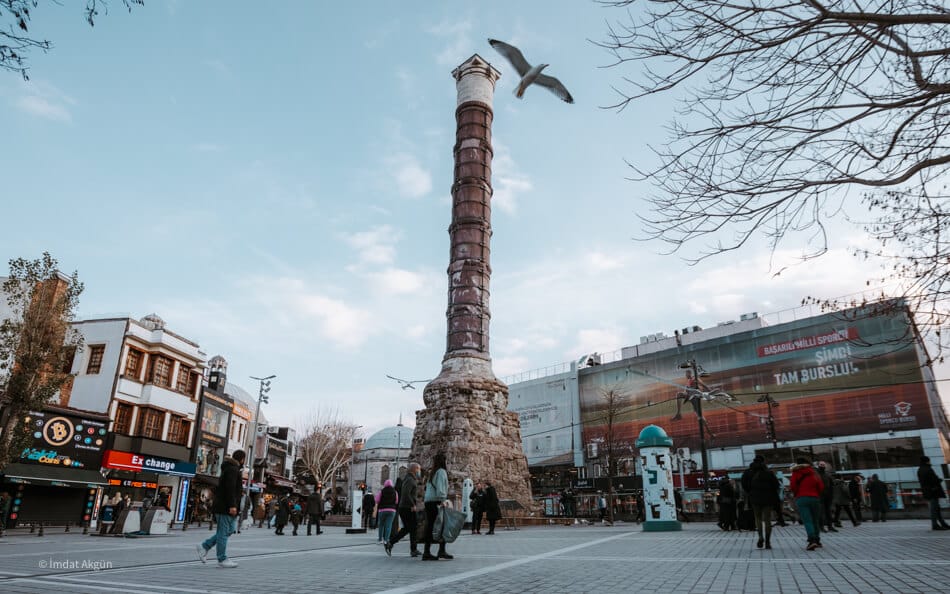
Hill 2 - Cemberlitas
Cemberlitas, home to the Nuruosmaniye Mosque, Grand Bazaar, and the Column of Constantine, forms the second hill. The wide valley to the east of Eminonu separates Cemberlitas from the first hill, Sarayburnu. The Column of Constantine replaced the Forum of Constantinople, which was the political and commercial center of the city during the Roman and Byzantine periods.
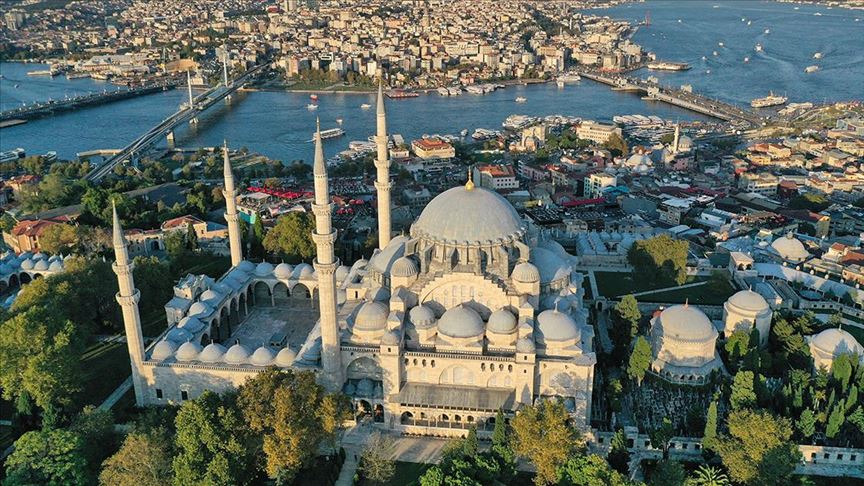
Hill 3 - Suleymaniye mosque
The third hill hosts Istanbul University, Bayezid II Mosque and Suleymaniye Mosque. The southern slopes of this hill extend to Kumkapi and Langa. Suleymaniye Mosque, built by the renowned architect Sinan, bears the name of Sultan Suleyman. In Yahya Kemal's work "Eid Morning in Sulaymaniyah", (Suleymaniye'de Bayram Sabahı) the mosque symbolizes the vast boundaries of the empire.
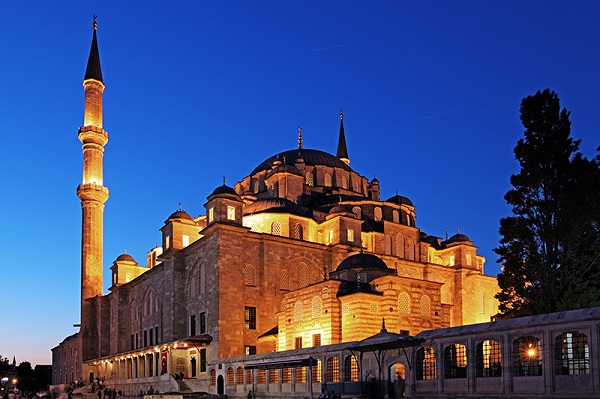
Hill 4 - Fatih mosque
The fourth hill hosts the location of the Church of the Holy Apostles and later the Fatih Mosque. During the Byzantine era, the Church of the Holy Apostles was the second most important church in the city after Hagia Sophia. Following the Byzantine period, the Fatih Mosque and Complex were constructed, reflecting a significant transition in the city's religious and architectural heritage.
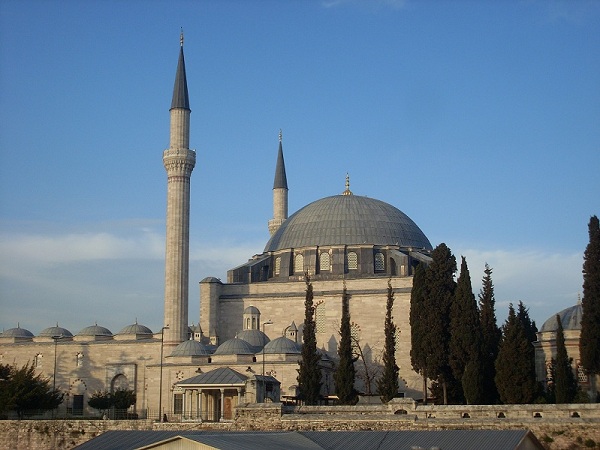
Hill 5 - Yavuz Sultan Selim mosque
The Yavuz Sultan Selim Mosque stands on the fifth hill. Overlooking the rocky slopes of the Golden Horn, this hill separates from the west by a valley that descends toward Balat. The mosque commands the area, and the surrounding historic district, once home to non-Muslim communities, now houses numerous educational institutions similar to those around the Fatih and Suleymaniye Mosques.
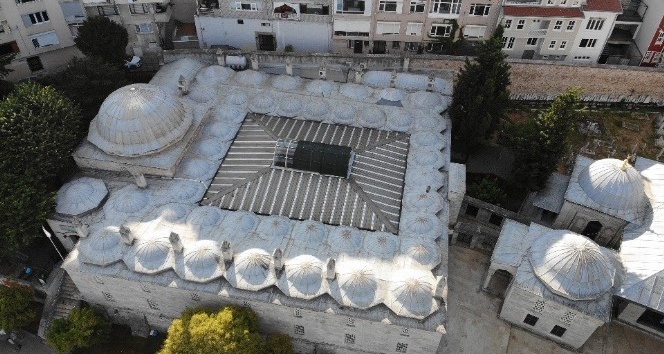
Hill 6 - Mihrimah Sultan mosque
The sixth hill includes the districts of Edirnekapi and Ayvansaray. This hill reaches the highest point of the peninsula, located near the Theodosius Walls. Mimar Sinan built the Mihrimah Sultan Mosque for Suleiman the Magnificent’s daughter, and it stands proudly on this hill.
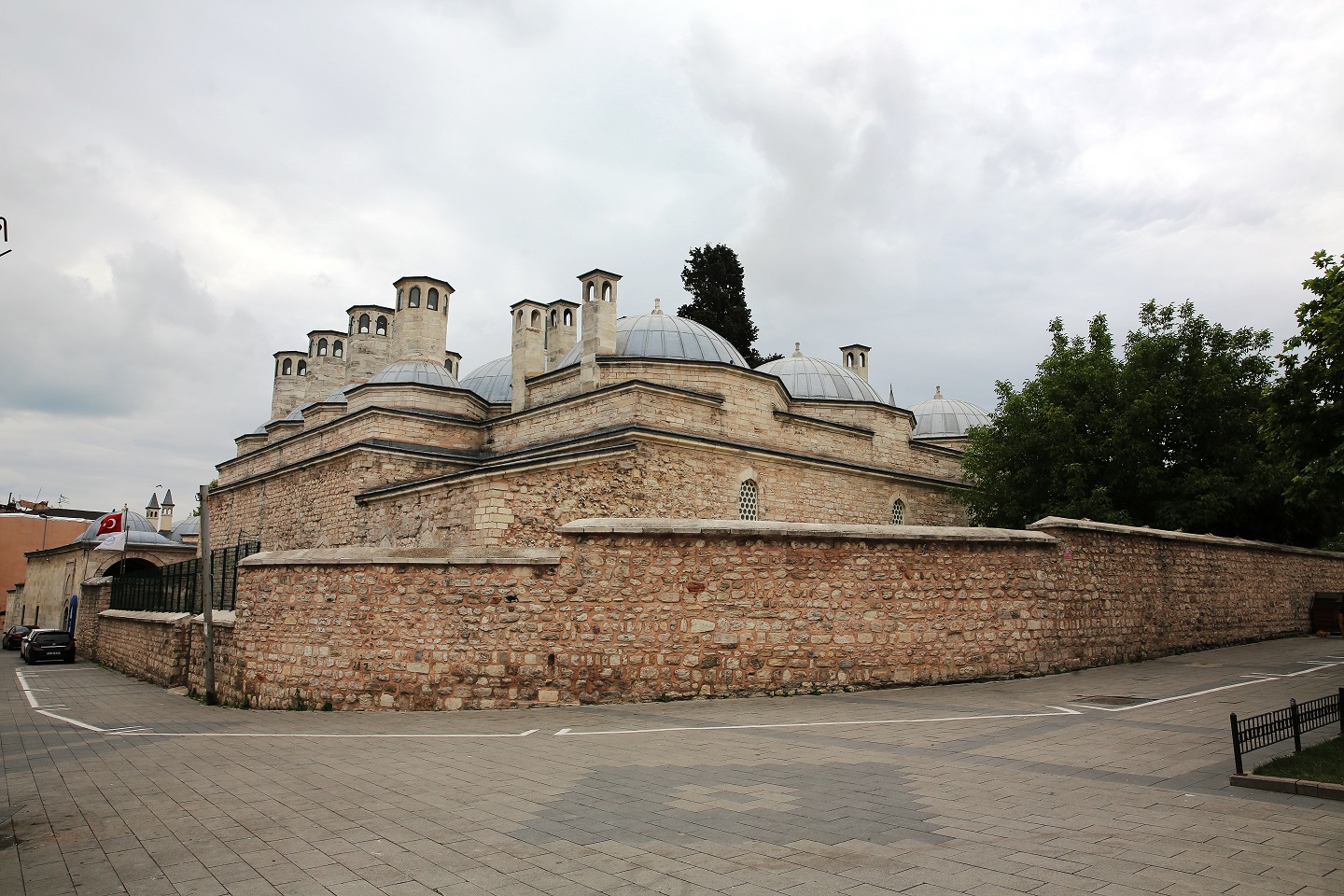
Hill 7 - Koca Mustafa Pasha Hill
Koca Mustafa Pasha Hill, often referred to as the seventh hill, covers a broad area including Topkapi, Aksaray, and Yedikule. Known as "dry hill" or Xrolophos in the Byzantine era, this hill sits close to the Sea of Marmara. It stands 60 meters above sea level, making it distinct from the other six hills, and is located between the Cerrahpasa and Samatya districts.
Istanbul's seven hills represent more than just physical elevations; they showcase the city's historical layers and strategic importance. Each hill presents a unique view of Istanbul’s evolution from Byzantine roots and Ottoman splendor to its vibrant modernity.
Visiting these hills allows you to delve deeper into Istanbul's diverse history and culture. You can explore ancient ruins, discover magnificent palaces, or immerse yourself in lively city life, with each hill offering distinct experiences that contribute to the city’s rich mosaic.
In conclusion, Istanbul's seven hills vividly depict the city’s historical and cultural journey. They embody the essence of a city that has served as a meeting point for civilizations, a center for empires, and a symbol of cultural convergence.